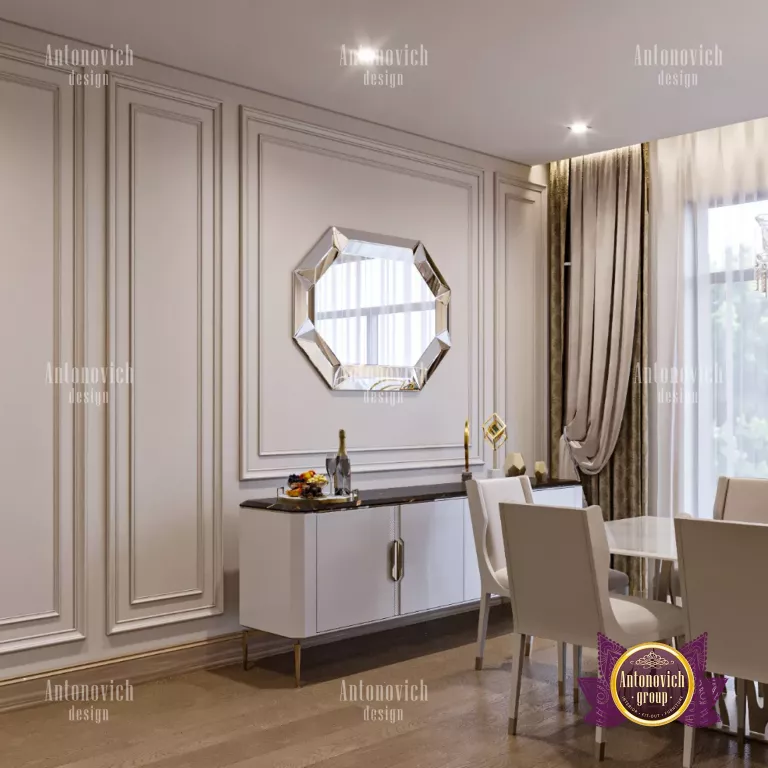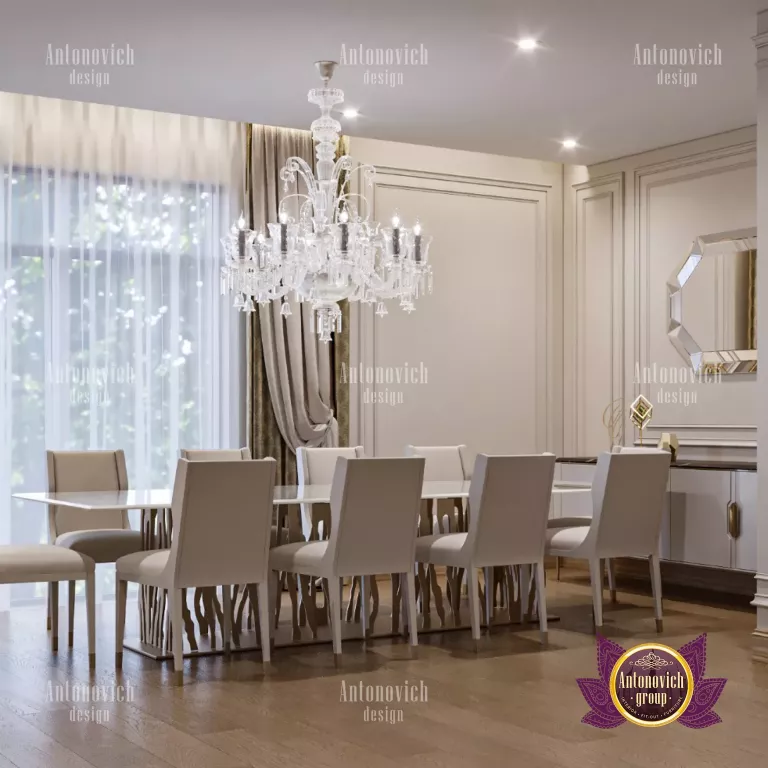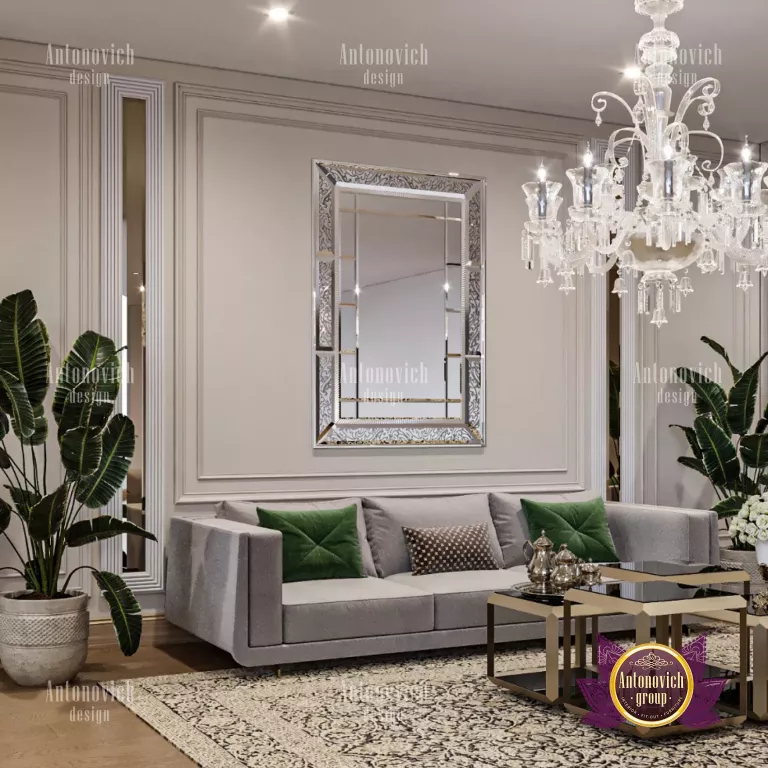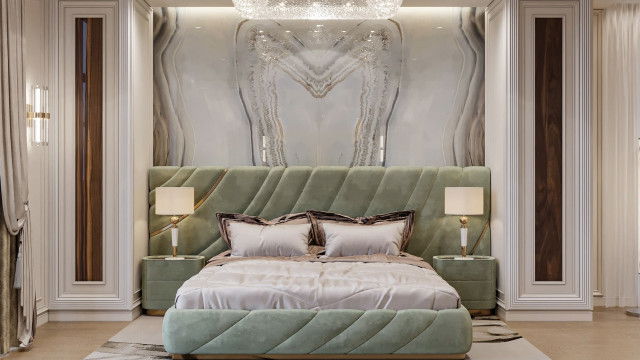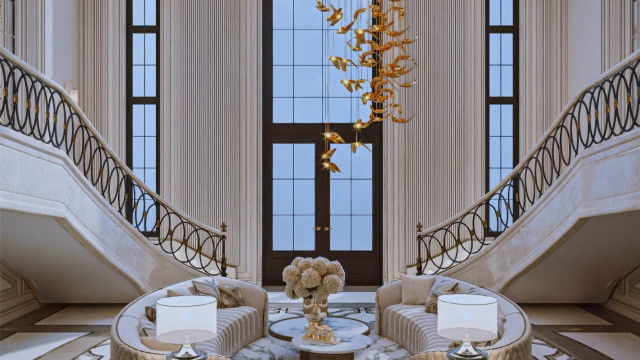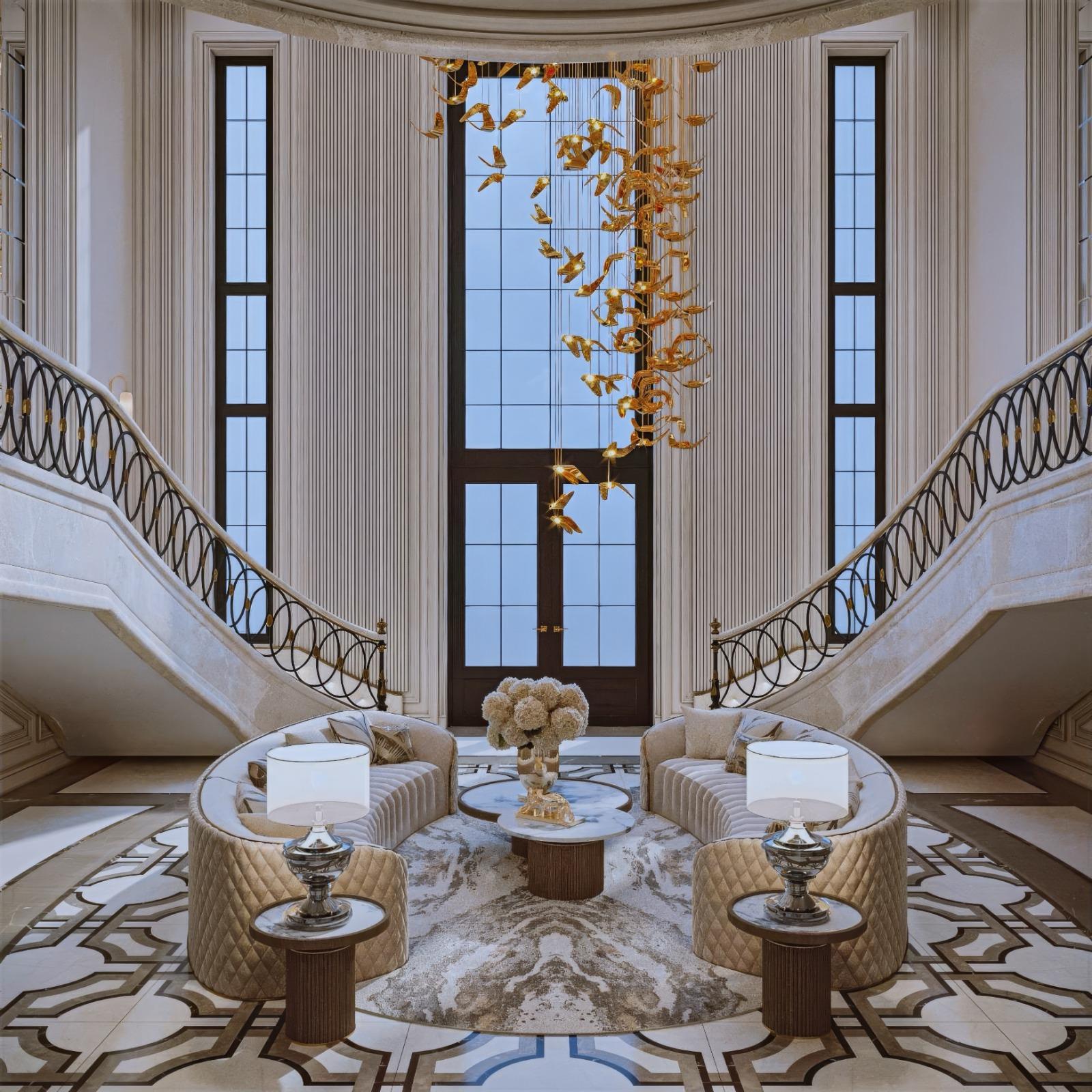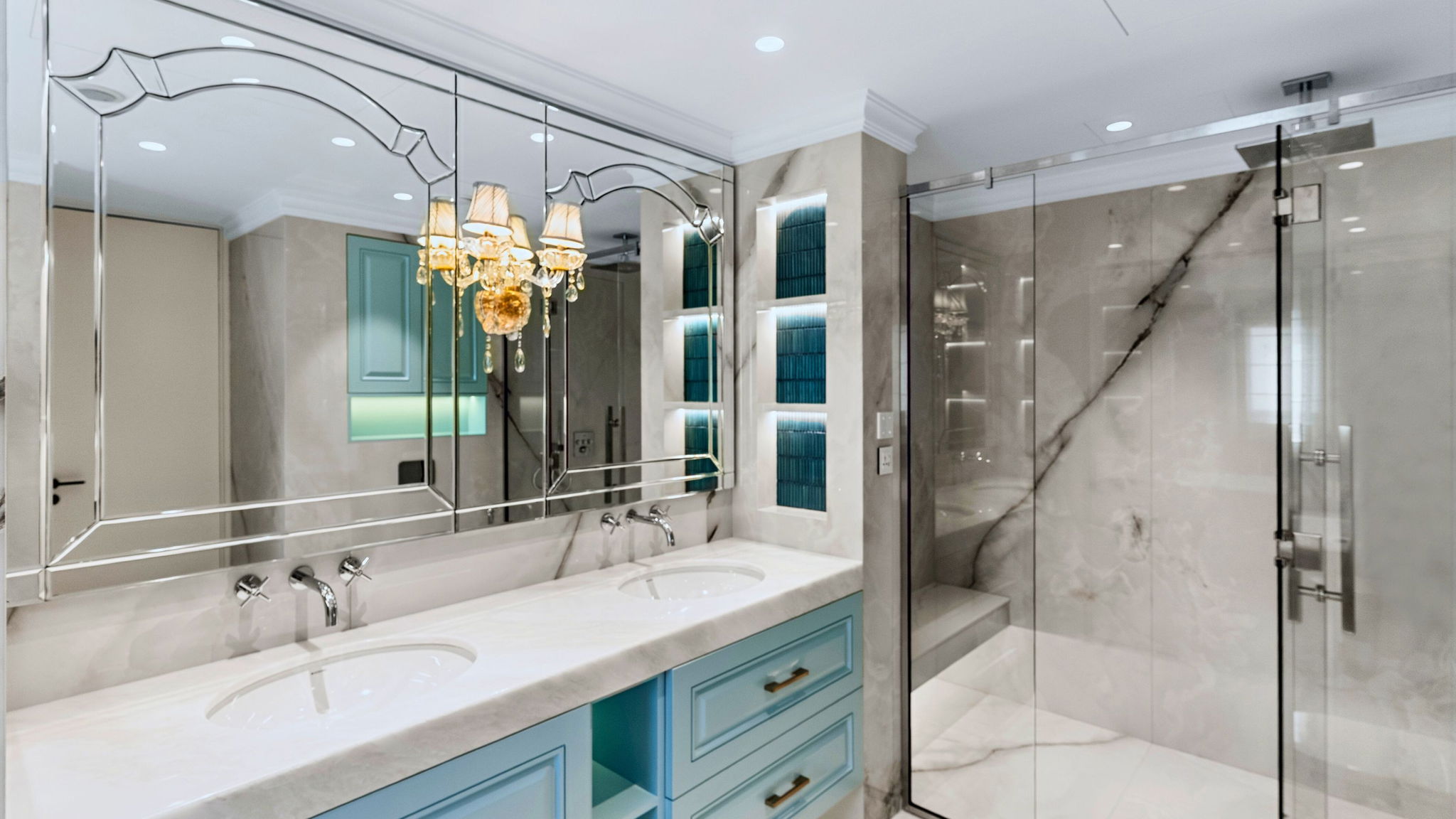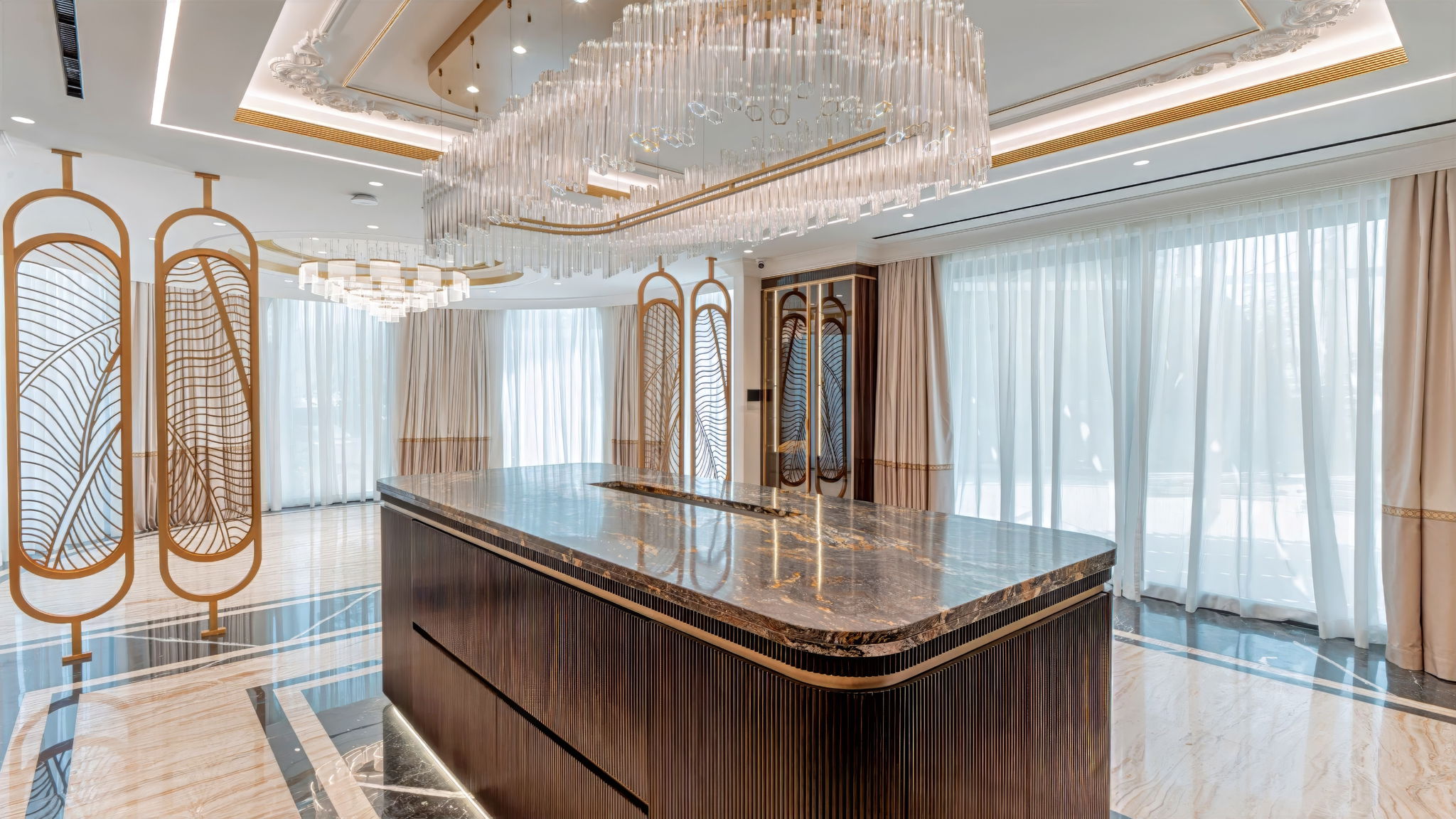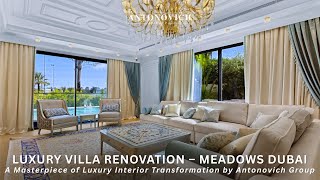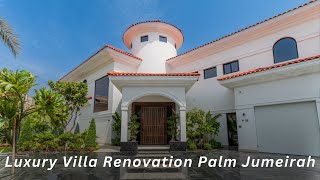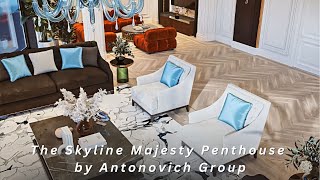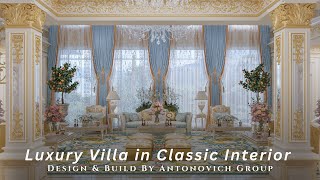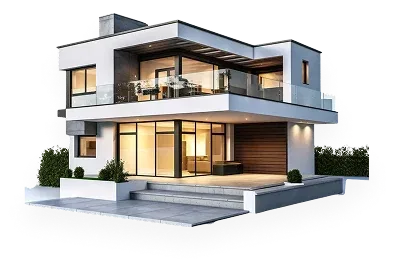THINGS YOU NEED TO KNOW ABOUT interior design
The layer of adornment that covers a buildings interior is the simplest definition of a luxury interior design. However, the truth is considerably more complex than that. Creating spaces that are functional and improve the well-being of those who use them is at the heart of interior design in Dubai. This includes carefully designed communal and corporate areas such as a luxurious meeting room that balances form and function. In addition to looking attractive, the best interior design in Dubai also enhances the general quality of life. Interior design is an art and a science that requires knowledge of the psychology of living in a space as well as creativity to incorporate color, shape, and texture to best create a harmonious and aesthetically pleasant atmosphere. To create a well-designed room just like the Bvlgari Villa Dubai, follow the Principles of Interior Design. Engaging experts in home renovations and dressing rooms ensures the execution matches the concept. To create rooms that are both stunning and completely functional, designers apply these concepts to every design plan. See the portfolios of the best interior designers in Mexico for international inspiration. While each of the seven principles is significant on its own, they all cooperate and support one another in a genuinely great design. Equitable distribution of "visual weight" is necessary for harmony in interior design. Visual weight describes how substantial or hefty an object appears to be to the eye. Large, solid, dark, or colorful things will appear heavier than small, slender, open, or light-colored ones. Divide space into four equal quadrants for optimal balance. There should appear to be about the same amount of furniture and objects in each quadrant. When a repeated beat (or series of beats) forges a musical pattern, it is said to have rhythm. By employing repetition to guide the eye throughout the space, rhythm in interior design aids in the creation of a unified area with good flow. Repeated elements can include color or pattern, finishes, materials, shapes, and styles, or all of the above.
In interior design, emphasis refers to a primary component that serves as the rooms focal point. Architectural details like a fireplace or picture window are frequent focal areas. If a space lacks any distinctive architectural elements, a piece of furniture or artwork can serve as the rooms focal point. As an anchor for the room, the focal point should be the first thing you see when you walk in. Once youve determined the focal point, you may emphasize it by placing furniture in a certain location and using color, light, and texture. Contrast and variation keep spaces from feeling monotonous and add visual appeal. Contrast creates drama and grabs attention, whereas variation brings character and variety. By juxtaposing objects with stark differences, you can create contrast. Color, form, and space can all be used to create this effect. To add variety to a space, you may also utilize unusual furniture pieces (see the AGOSTINI MOBILE Catalog 2015 for ideas), as well as various colors, fabrics, and finishes. Together, scale and proportion help make sure that all of the items in a room relate to one another and look as though they belong there. While proportion describes the size of one thing in relation to another, scale describes the size of objects within a space.
All the components of a room should feel like they are a part of the same whole thanks to unity and harmony. When a broad topic is pursued to direct the design and make sure that every component relates to the others, unity is produced. A room will be more harmonious if it is furnished with items that share similar colors, patterns, shapes, or styles. The six aforementioned concepts can be used in any area to produce one that has a nice sense of balance and flow. When planning larger projects, pair these principles with Innovative House Plans for Your Ideal Home. But what brings a space to life are the little things. Even though details are simple to miss, they can significantly affect how a room looks and feels overall. Architectural accents, textile trim, decorations, hardware, handles, and flourishes are examples of decorative features. Other less noticeable components include typical elements like wiring from lighting and gadgets, outlet faceplates, and the standard of craftsmanship. For bathroom-specific finishes and fixture ideas, consult Modern Bathroom Design Idea.



